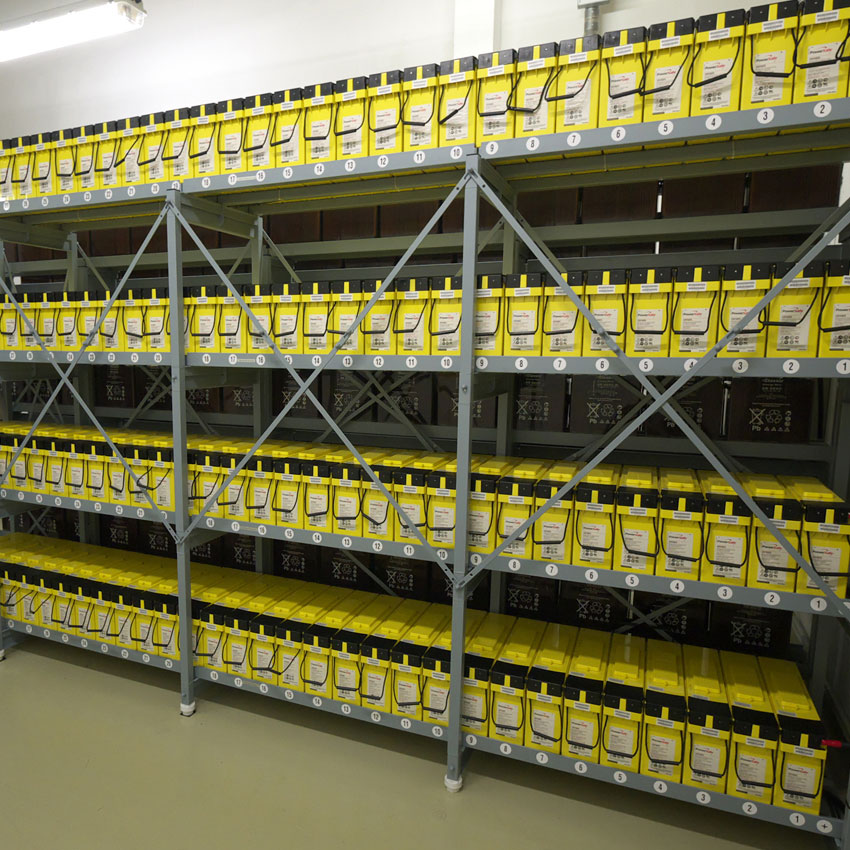What is electrical safety?
Electrical safety is a key part of the integrated site safety systems that keeps everyone safe at their workplace.
Electrical safety is Primarily managed by the Electricity at Work Regulations 1989 and applies to all electrical systems and equipment. The regulations predate the 1992 version of the Management of Health and Safety at Work Regulations, however, the risk assessment process is still required.
What Electrical systems?
The short answer is all electrical systems in all locations and types of facilities. This includes:
- LV systems
- MV systems
- HV systems
- DC battery systems

What does EWR Require you to do?
Employers must demonstrate management and control of the risks: –
- electric shock and burns
- injury from exposure to arcing
- fire from faulty electrical equipment or systems
- explosions caused by selection of unsuitable equipment
- Static or induced electricity igniting flammable vapours or dusts
This is as applicable for the competence of people and organisations engaged in Electrical safety as much as it is about the design, specification, maintenance and operation of electrical systems.
What is Expected from You and Your Electrical Systems?
Electricity presents a danger to persons that is not usually understood unless the person is of the right electrical competence. It would be unfair to expect a maintenance or construction electrician to understand all aspects of the dangers of electricity. In this respect it is different to other dangers such as trips, slips and falls. For this very reason it is expected that each system (may be covered by a single person) or site has a designated responsible engineer to ensure safety. The regulations define requirements that ensure that electrical systems remain safe throughout their entire lifecycle: –
- all systems shall be managed to ensure they are constructed, maintained and operated not to give rise to danger,
- the strength and capability of electrical systems shall not be exceeded in such a way as give rise to danger,
- electrical systems shall be constructed, maintained and operated in such a way that foreseeable adverse environmental conditions do not give rise to danger, this includes mechanical damage,
- all conductors of an electrical system that may give rise to danger must be either suitably covered with insulating materials or suitably placed to prevent danger as far as is reasonably practicable,
- precautions shall be taken to prevent danger arising when a conductor becomes charged as a result of either the use of an electrical system or a fault,
- equipment placed in reference conductors (such as earthing systems) shall not have any equipment placed in them that may give rise to danger from breaking the conductor continuity or introducing a high impedance,
- all connections and joints shall be mechanically and electrically suited for use,
- protective systems/components must be placed, constructed, maintained and operated in such a way as that excess currents in a system do not give rise to danger,
- to prevent danger where necessary suitable means shall be available for cutting off the supply of electrical energy and the isolation of electrical equipment,
- precautions must be in place to prevent danger while work is being carried out on or near electrical systems or equipment,
- electrical systems shall be constructed, maintained and operated in such a way to prevent and manage injuries by ensuring that adequate space, access and lighting is provided,
Holme Beck engineering Ltd
Who we are
The engineering team at Holme Beck Engineering Ltd have over 35 years of experience working with electrical systems of various facilities and voltages. We can design, manage, or audit electrical systems during their development, implementation and operation: –
- Concept, feasibility and FEED studies
- Specify requirements,
- Design and integration of electrical equipment and systems: –
- Equipment specification and data sheets,
- LV/MV Electrical system detailed design
- Schematic drawings,
- Single line drawings and distribution schedules,
- Cable and protection calculations and coordination,
- Cable selection and routing,
- Cable containment design,
- Scheme drawings,
- Arc flash studies,
- Lightning protection,
- Earth potential rise calculations,
- Power and static earthing systems,
- Site acceptance planning and test documents,
- Installation validation,
- Install, test, commission and validate electrical systems: –
- Project installation validation,
- Project test packs,
- Project commissioning packs,
- As built documentation,
- Operate, maintain, test and inspect,
- Manage modifications,
- Decommission and removal.
Standards and Guidance we use
Our engineers are familiar with the requirements of the Electricity at Work Regulations and their recognised benchmark standards. There are many, but principally: –
- BS 7671:2018 Requirements for Electrical Installation. IET Wiring Regulations (power installations up to and including 1kVac and 1.5kVDC)
- BS 7430:2011 Code of practice for protective earthing of electrical installations
- PD IEC TS 61936 series; Power installations exceeding 1kVac and 1.5kVdc,
- IEC 60909 series; Short circuit currents in 3 phase ac systems,
- BS EN 50522:2022 Earthing of power installations exceeding 1kVac,
- BS EN IEC 62305 series; Protection against lightning (PD62305-2 Flash Density)
- BS EN IEC 60079 series Explosive atmospheres electrical equipment.
